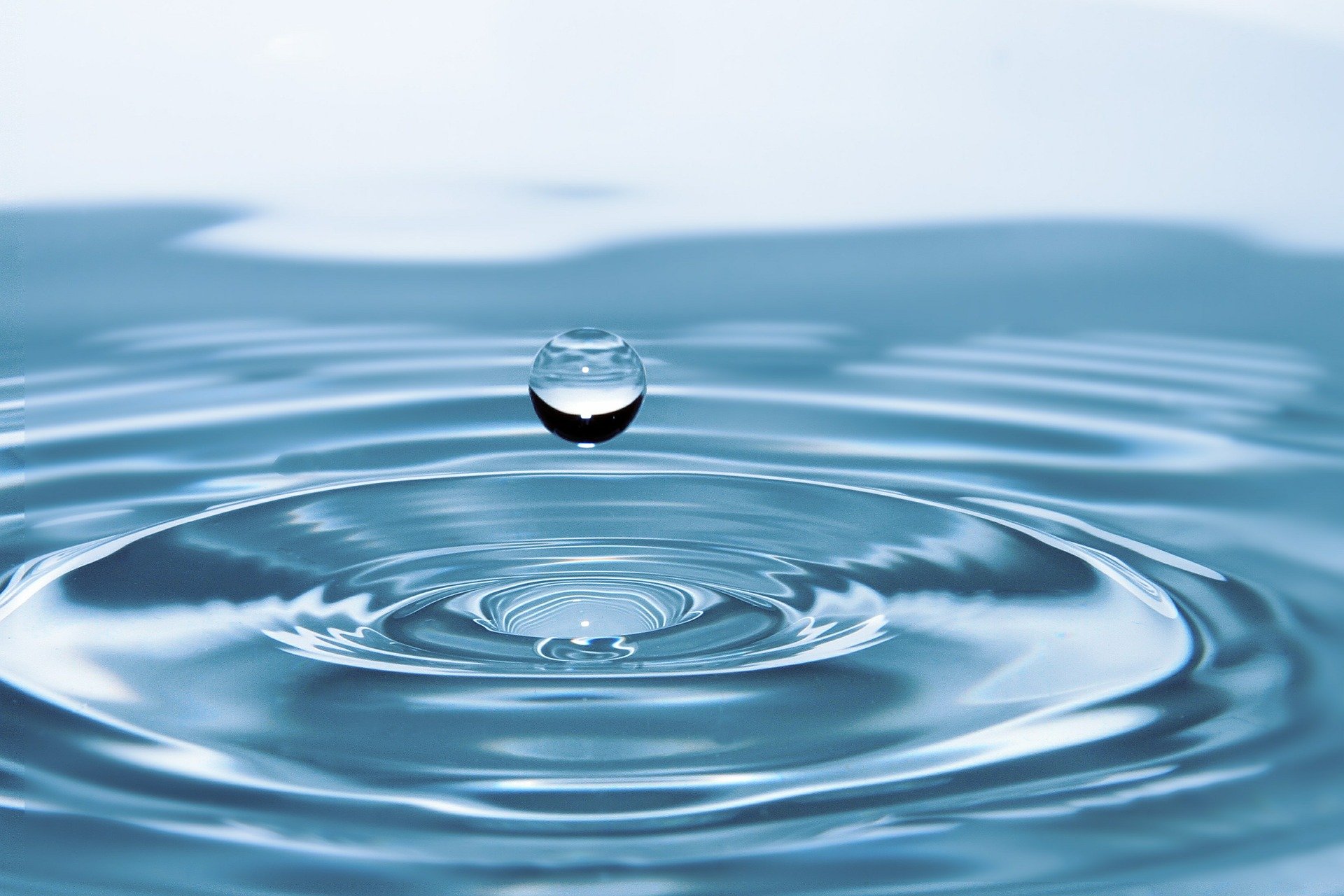Dry running is exactly what it sounds like, running a pump dry without enough or any liquid. When a pump is dry running, it is pushing only air around instead of circulating fluid, which leads to potentially expensive damage and worsens pump longevity.
Pumps should never be operated running dry as it puts an inordinate amount of strain on the pump’s components and moving parts.
What Happens If Your Pump Is Dry Running?
When your pump is dry running, this causes excessive heat and friction, which is likely to result in disaster. Dry running causes a pump to wear out prematurely due to the violent vibrations and excessive heat, or it can completely seize and lock up important components, which may require costly repairs or pump replacement. This can occur in any constant or variable torque pumps used for liquid distribution, such as pumps used for wastewater distribution, water pumps, chemical processing, manufacturing, mixing and grinding, or other operations. Maintaining adequate fluid levels is absolutely critical for pump equipment functionality.
The most common problems associated with dry running include damage to the impeller, the shaft, and the rear housing.
When a pump is running dry, the impeller could melt along the shaft, seize up, and quit rotating. Another problem occurring is that the rear housing could melt, and a hole could develop, which would allow liquid to escape, or the rear housing could become deformed, allowing the shaft to move rather than staying stationary. Dry running can also cause damage to the seals, causing them to overheat and fail.
Pumps that are designed to function by pumping liquid that acts as both a lubricant and a coolant can experience these problems when dry running, which can quickly escalate into hazardous and expensive issues.
How Long Can a Pump Operate Dry Running until Problems Appear?
A number of variables can affect the amount of time that it takes for a pump to suffer from dry running and show signs of damage.
Pump Size and Bore Size
Typically, larger pumps are equipped with heavier impellers and will experience damage quicker than smaller pumps. The impeller bore size is also a factor, as the greater the clearance between the bore of the impeller in the shaft, the more time it takes for the pump to suffer damage. Polypropylene experiences damage faster than stainless steel components.
Type of Liquid Used in the Pump
Pumps that are circulating liquid that is warmer will experience damage quicker than pumps circulating liquid at ambient or cooler temperatures.
Dry Pumping Safely
When pumping operations require pumps to completely empty a tank, such as intake transfer operations, this could mean that the pump may run dry for a few short seconds. Pumps that must experience dry running for less than 60 seconds should typically not suffer damage, although the pump operator should carefully watch the process and ensure that the pump is not dry running any longer than absolutely necessary. Some pumps may experience irreversible damage in as little as 20 to 30 seconds. Consult with a pump and process equipment specialist with any questions about dry pumping safely with your particular equipment.
Most pumps that experience dry running are not covered under the manufacturer’s warranty.
IPE off Pumping Solutions to Prevent Dry Running
Illinois Process Equipment, IPE, offers pumps and process equipment solutions, including Grundfos Machine Health and condition monitoring, that will alert users to potential issues, including dry running. IPE offers comprehensive pump services as your full-service pump and process equipment supplier.
IPE offers pump service and repair, including as a Grundfos authorized service center. We offer pump condition monitoring solutions for rotating equipment to provide real-time, actionable data that prevents dry running and costly pump failure. Contact us to learn more and to protect your equipment with condition monitoring.



